Noir City Hollywood starts Friday at the Egyptian Theatre in Hollywood. The famed fest is presented by the American Cinematheque in collaboration with the Film Noir Foundation.
The provocative series opens with the Foundation’s restoration of the 1956 Argentine noir “Los tallos amargos” (“The Bitter Stems,” 1956, Fernando Ayala), followed by 1947’s “Riff-Raff” (Ted Tatzlaff). A reception will take place between the films.
The fest runs through April 24. Eddie Muller and Alan K. Rode of the Film Noir Foundation will introduce the movies.
For the double feature of “Deception” (1946, Irving Rapper), starring Bette Davis, Paul Henreid and Claude Rains, and “Hollow Triumph” (1948, Steve Sekely) on Saturday, April 23, Paul Henreid’s daughter, Monika Henreid, will join Muller for a discussion of her dad’s work in both films.
On the closing day, Sunday, April 24, the Film Noir Foundation and its media publishing partner Flicker Alley will host a reception celebrating the Blu-ray/DVD releases of two FNF 35mm restorations: “Too Late for Tears” (1949, Byron Haskin) and “Woman on the Run” (1950, Norman Foster). Stay for an encore screening (in 35mm) of “Too Late for Tears.”
Edward G. Robinson and Burt Lancaster star in “All My Sons” (1948, Irving Reis), based on Arthur Miller’s play.
William Powell flexes his film noir muscle in “Take One False Step” (1949, Chester Erskine).
The work of French poetic realist/film noir specialist Julien Duvivier gets a double feature—“Flesh and Fantasy” (1943) and “Destiny” (1944). Also notable: the Jazz Noir double feature, and the Anthony Mann double feature: “Side Street” (1949) and “Dr. Broadway” (1942).
Tony Curtis doubtless does some fine-ass lip snarling in 1952’s “Flesh and Fury.”
Ida Lupino in “Deep Valley” (1947, Jean Negulesco) and the usual suspects—Virginia Mayo, Zachary Scott, Elisha Cook Jr. and Dorothy Malone—in “Flaxy Martin” (1949, Richard L. Bare). Note to self: Check if @FlaxyMartin is taken.
“Dead Reckoning” (1947, John Cromwell), a good little yarn starring Humphrey Bogart and Lizabeth Scott. Read more here: Dead Reckoning review.
So get your pencil skirts pressed and your fedoras flashing as you gear up for some twisty, chewy badness, guaranteed to trigger your existential angst and your black-and-white nostalgia but not before giving you some wry laughs, sexy camerawork, sizzling chemistry and boundless charisma.
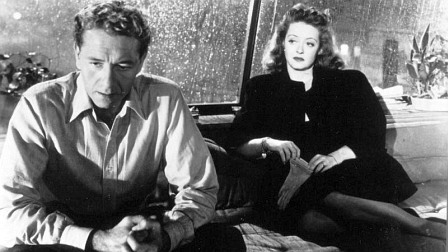








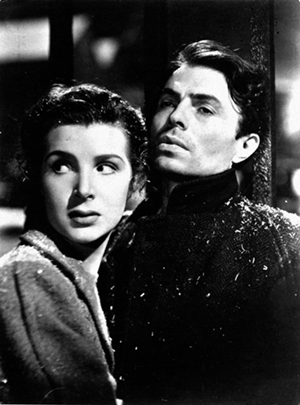
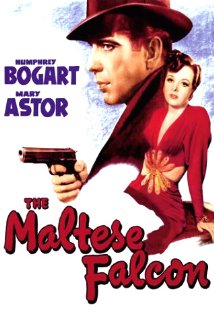
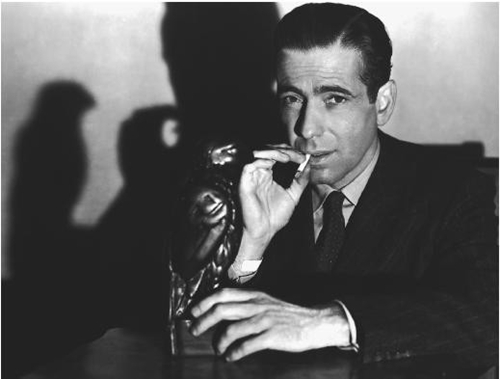
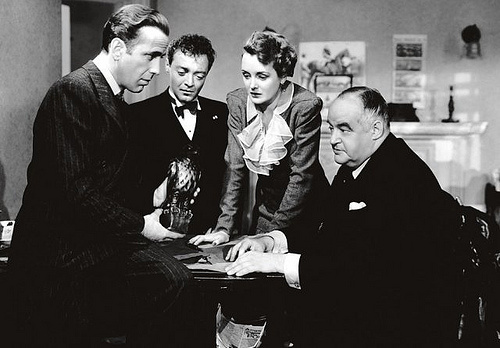
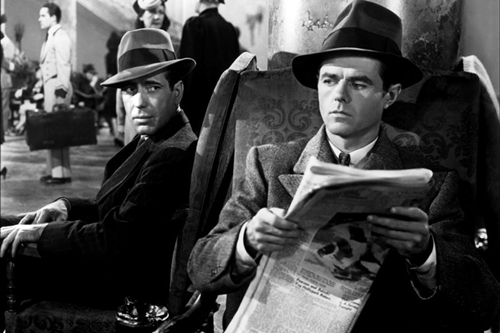

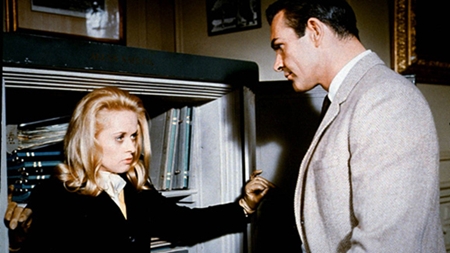
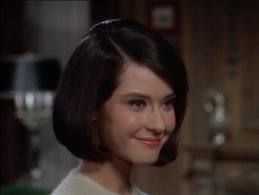

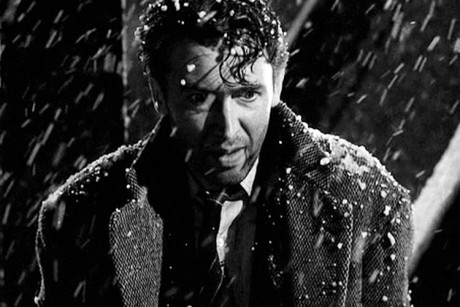
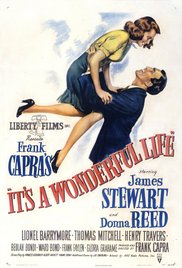
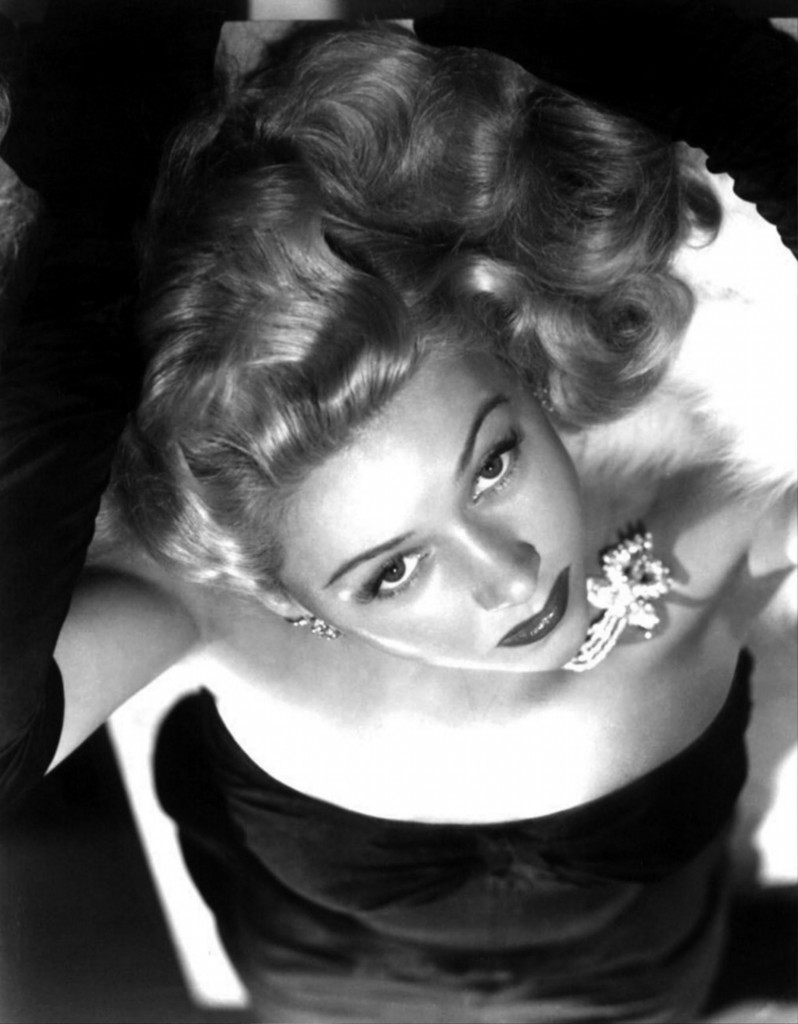






From FNB readers